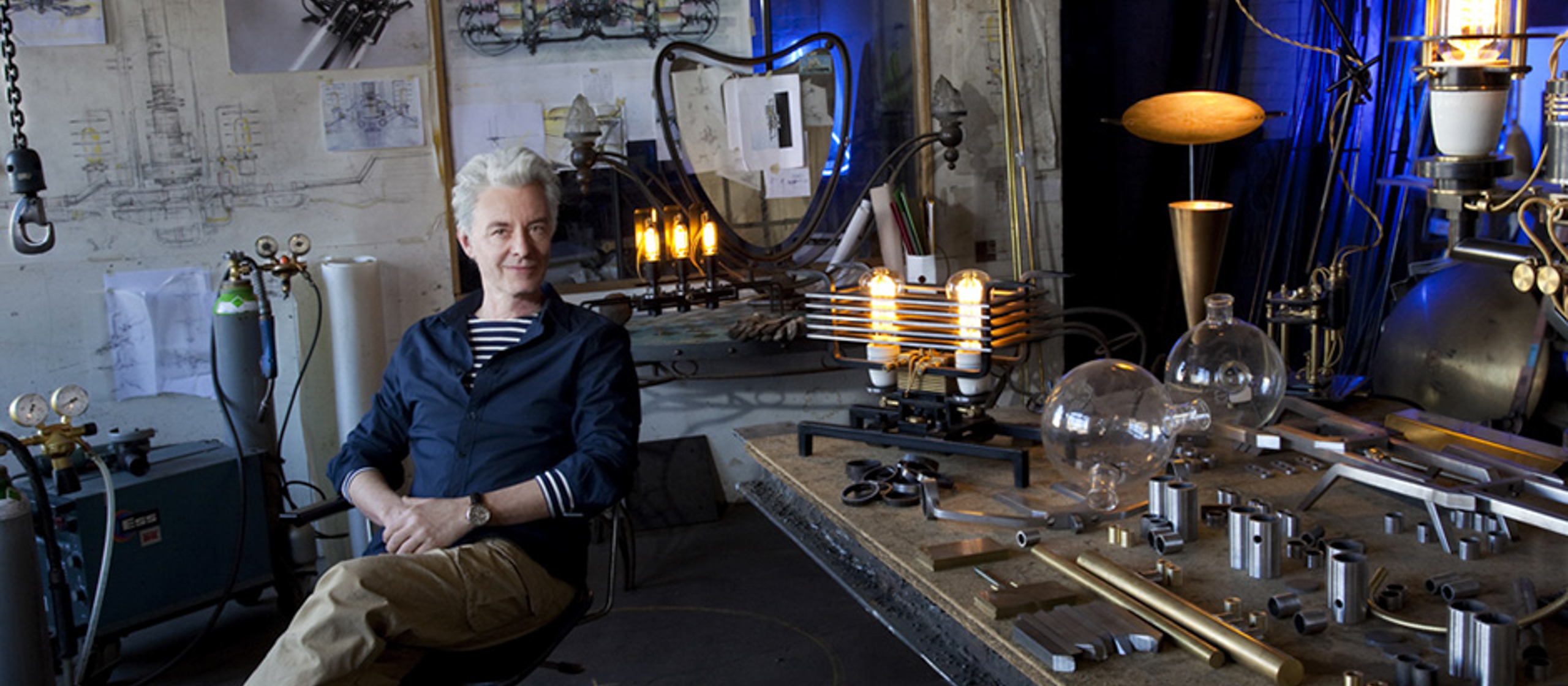Story of the H Nixie Tube
Nixie tubes used to come in various sizes and shapes, but their production came to an end in the last century. Their beauty was revived once again by the curiosity and enthusiasm of Dalibor Farný.
This is how the nixie tubes for our regular clocks were created. But the desire to improve and advance has brought special projects to the company. After all, the creation of the dazzling H nixie tube is also attributed to a project.























